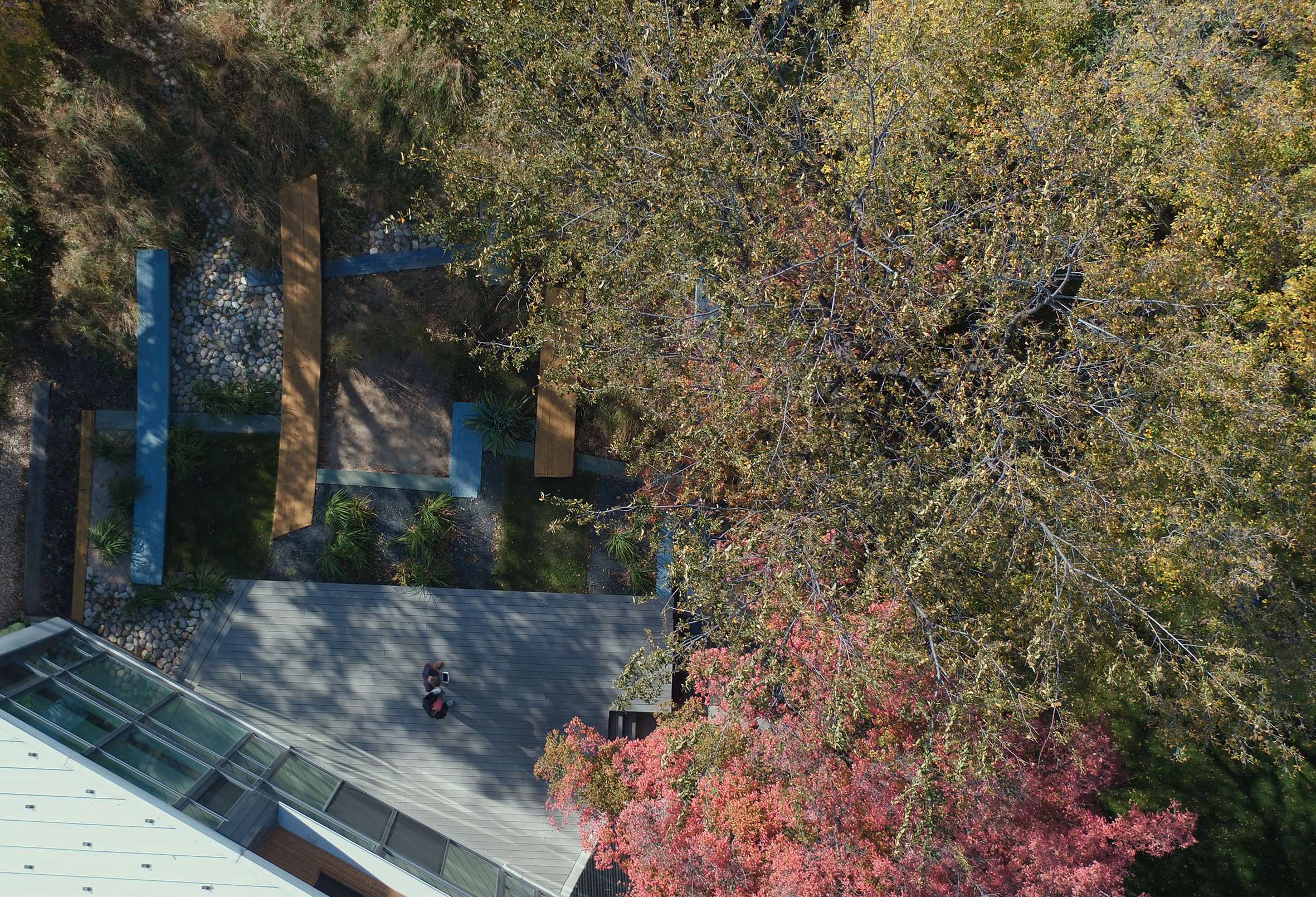
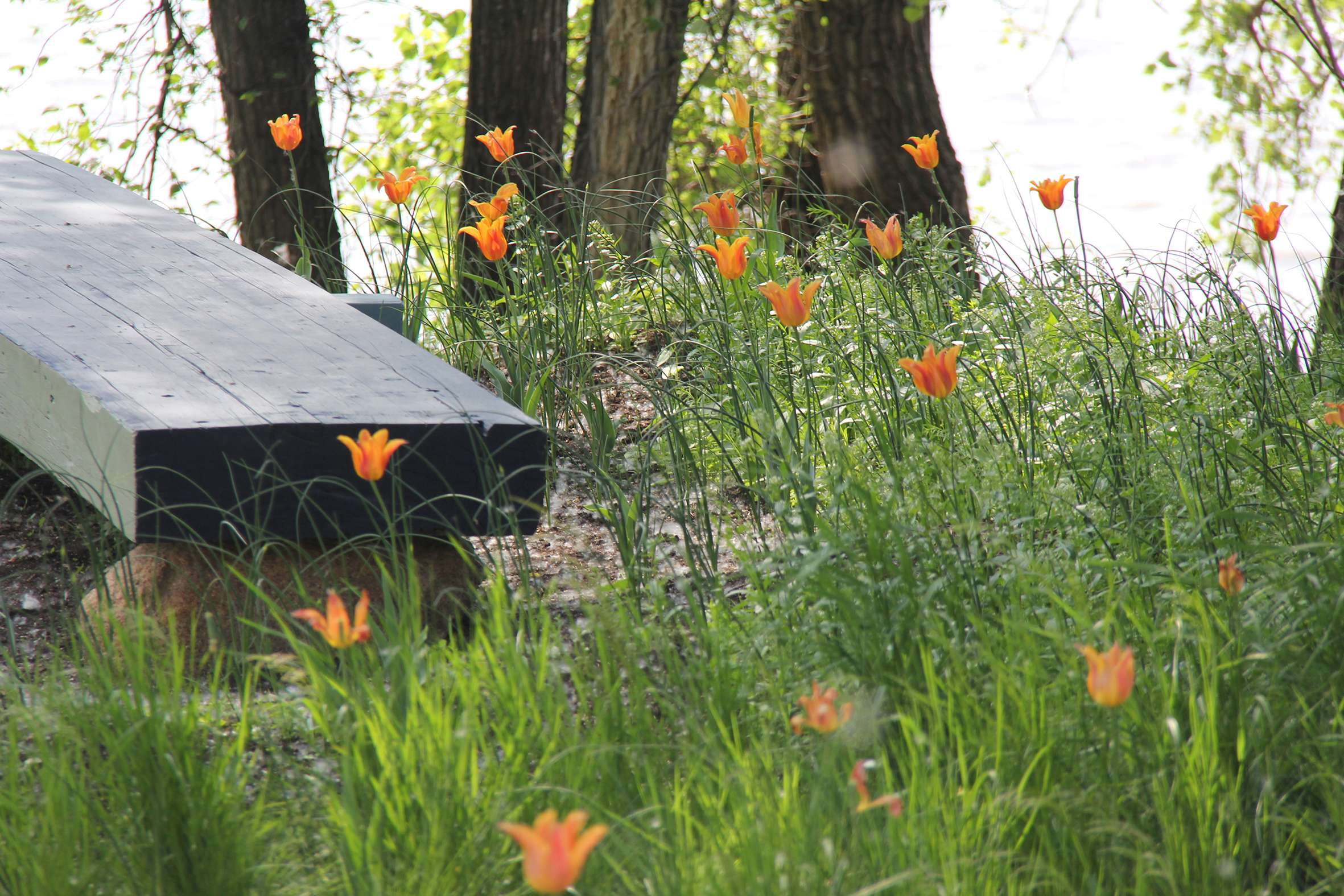
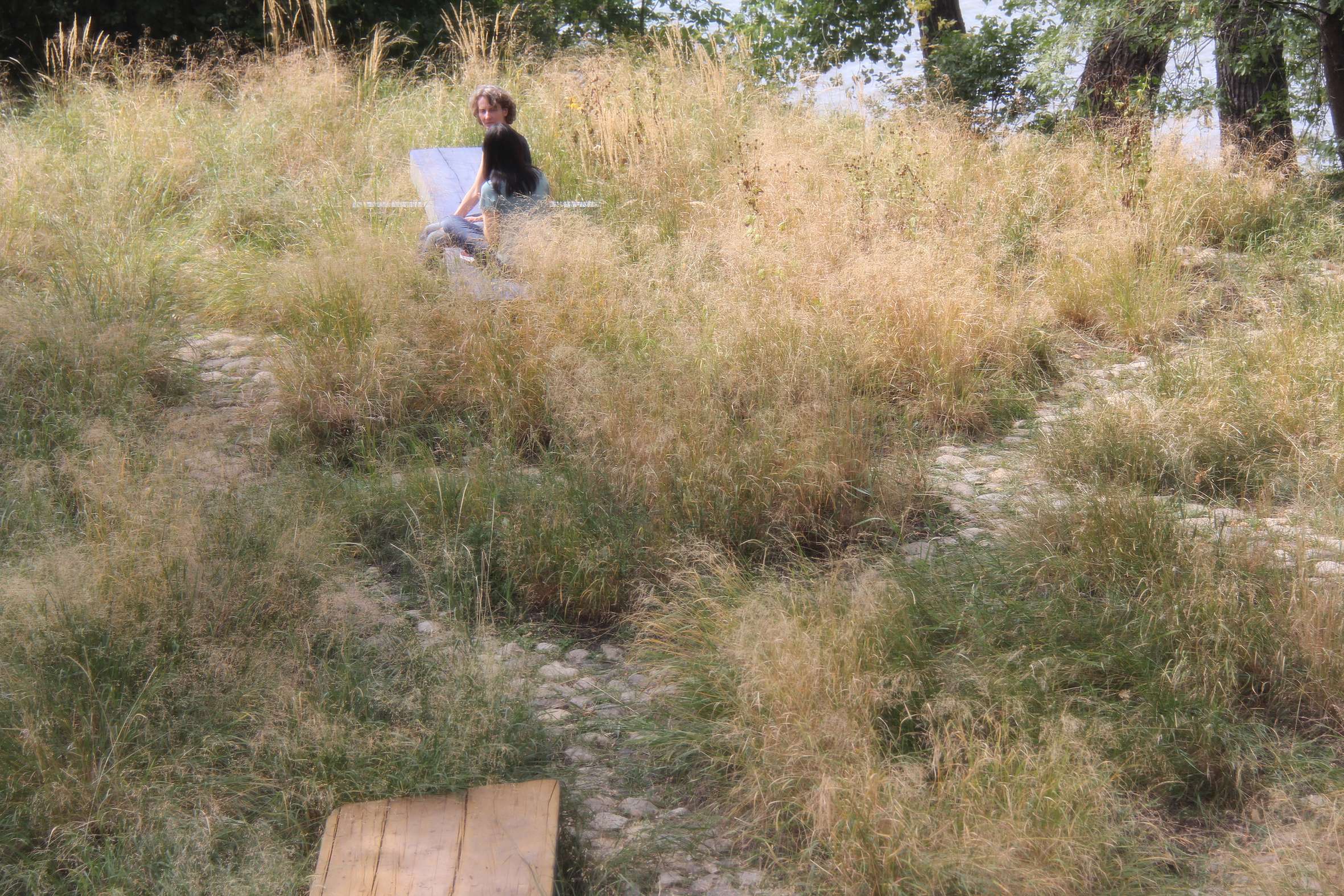
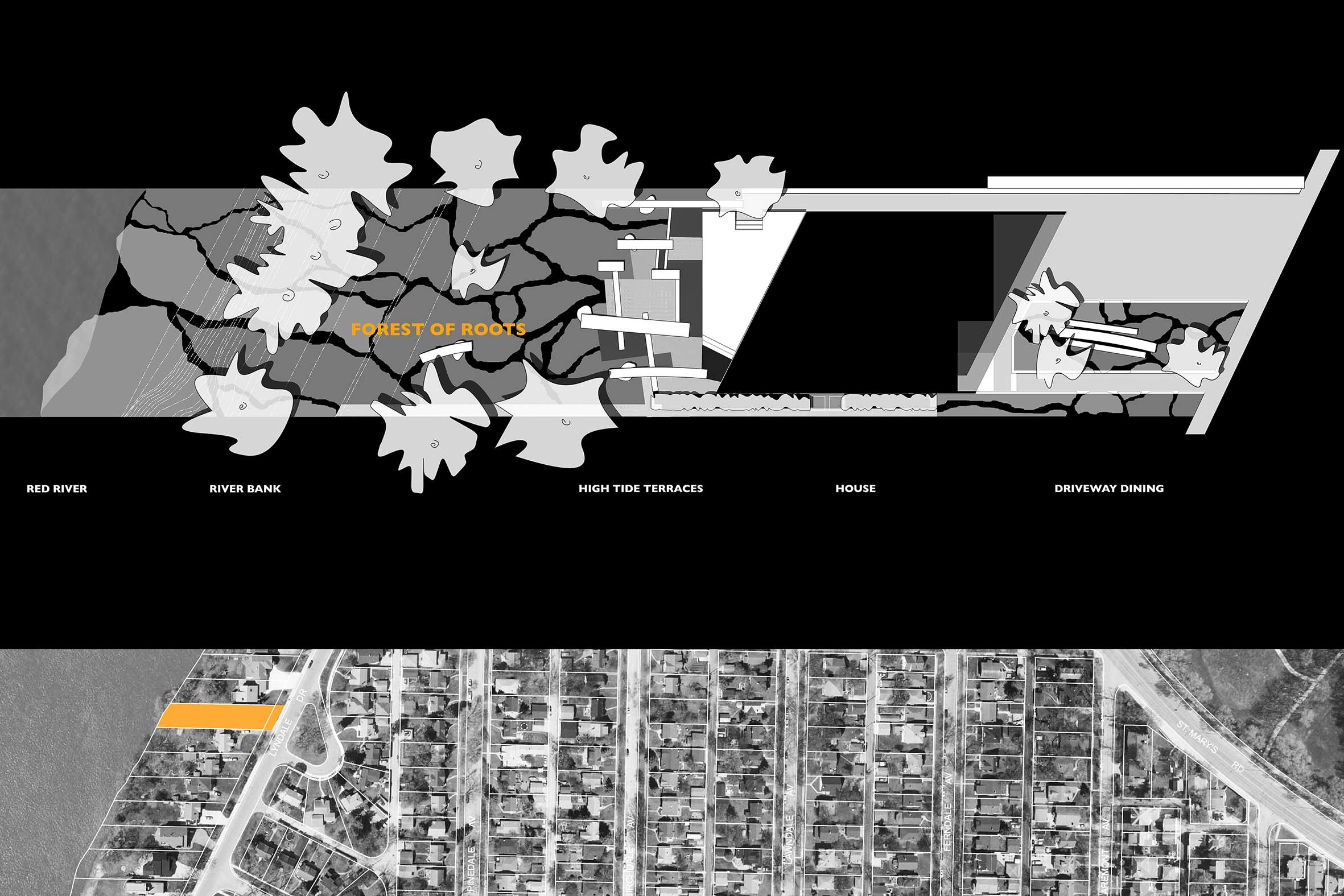
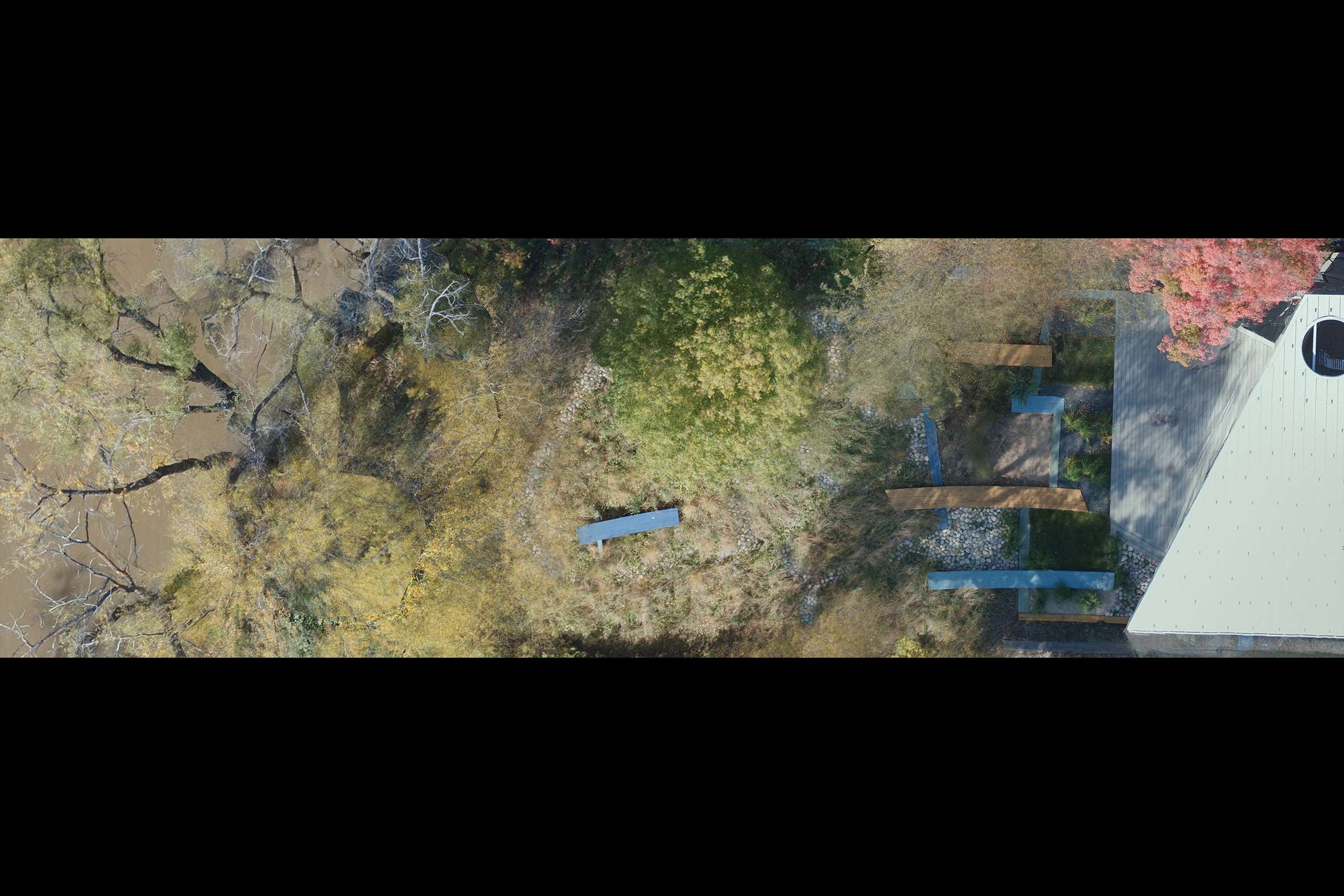
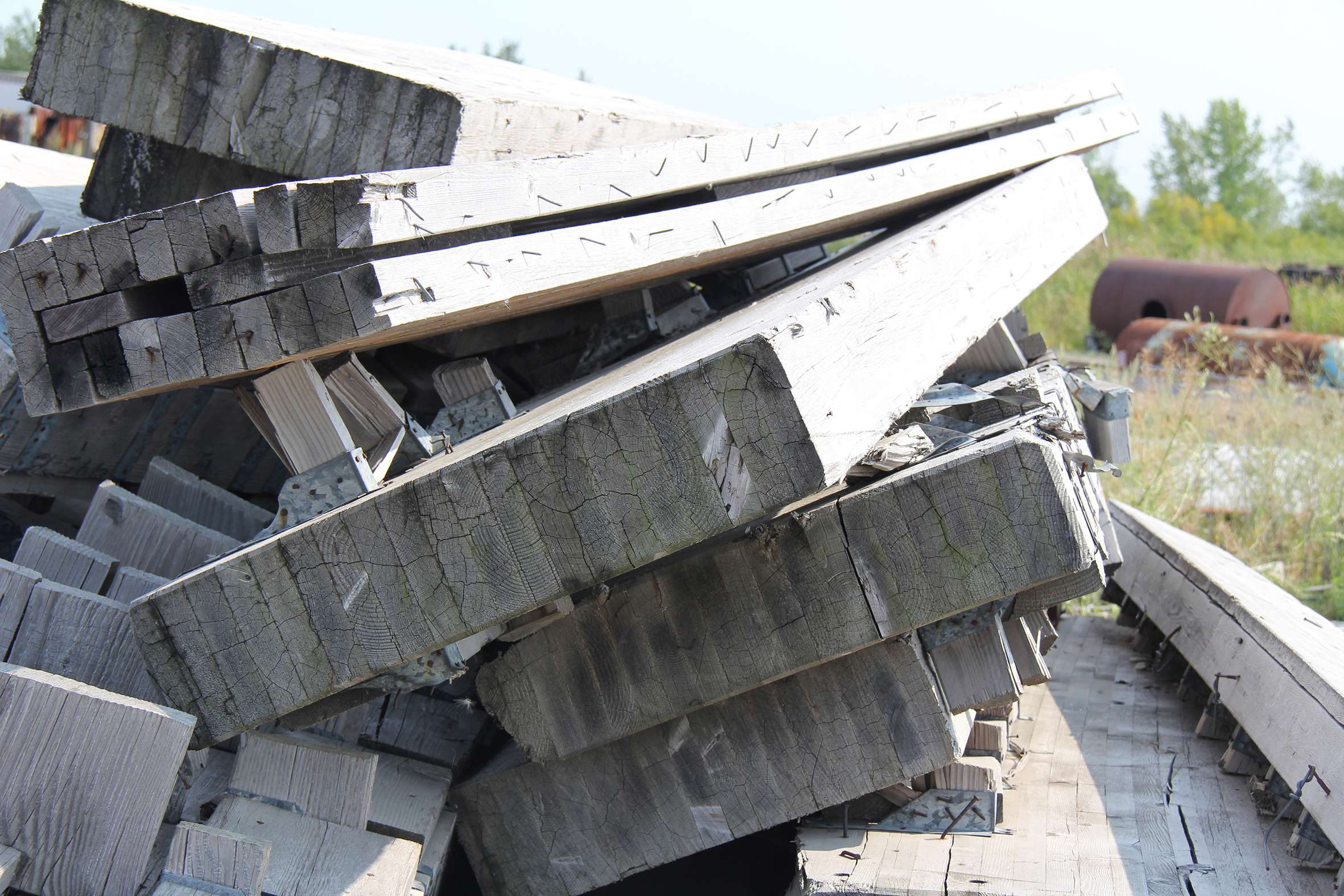
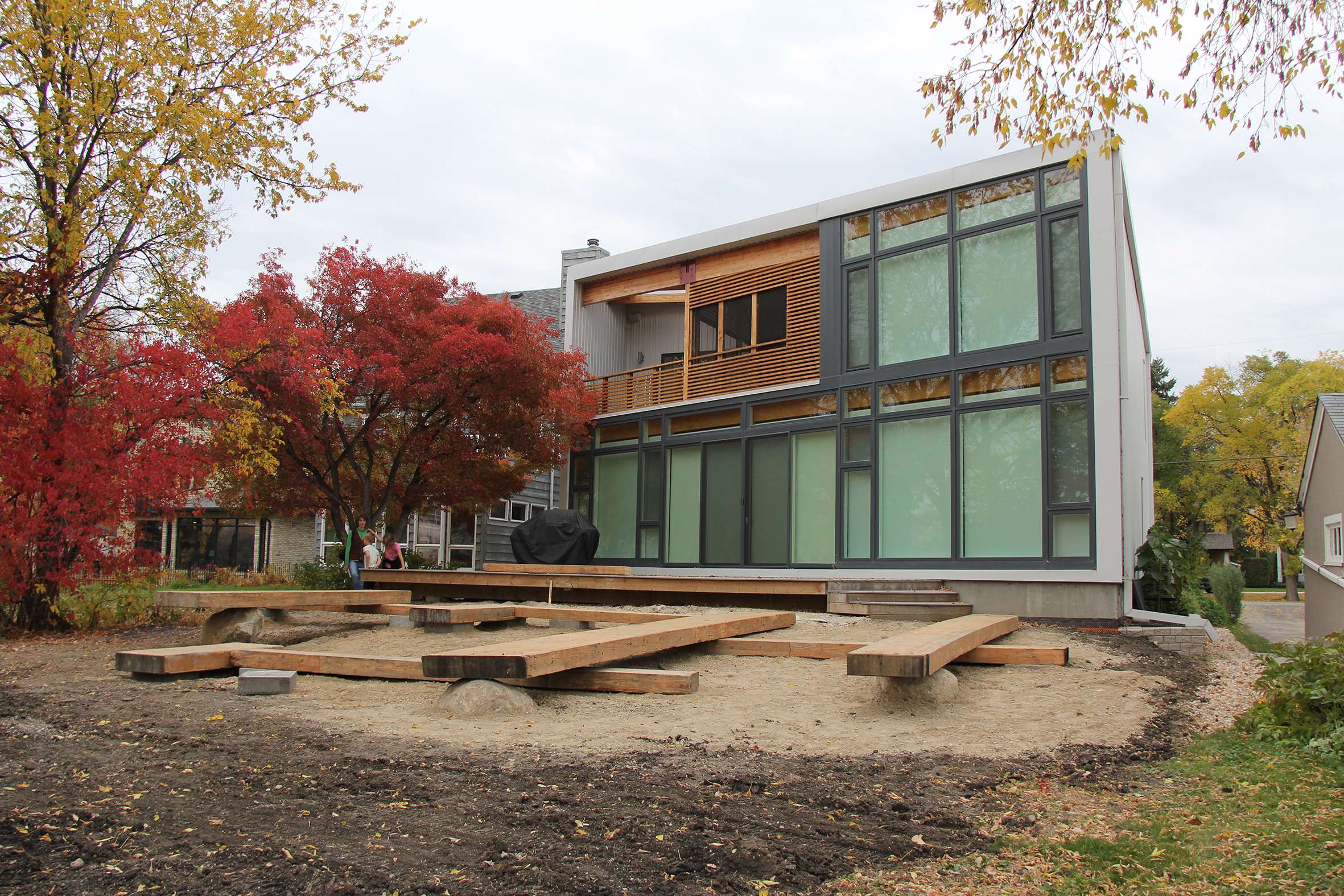

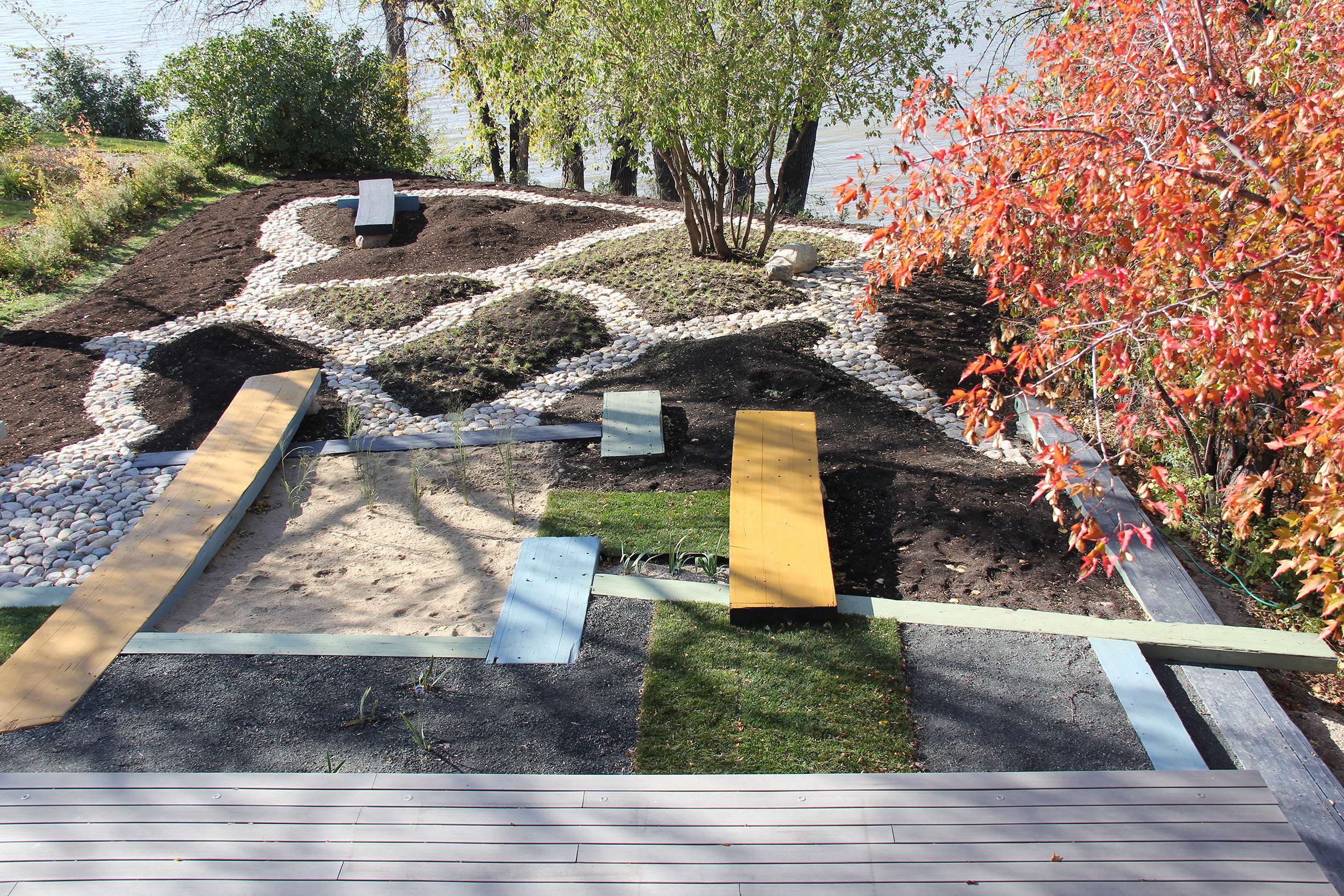
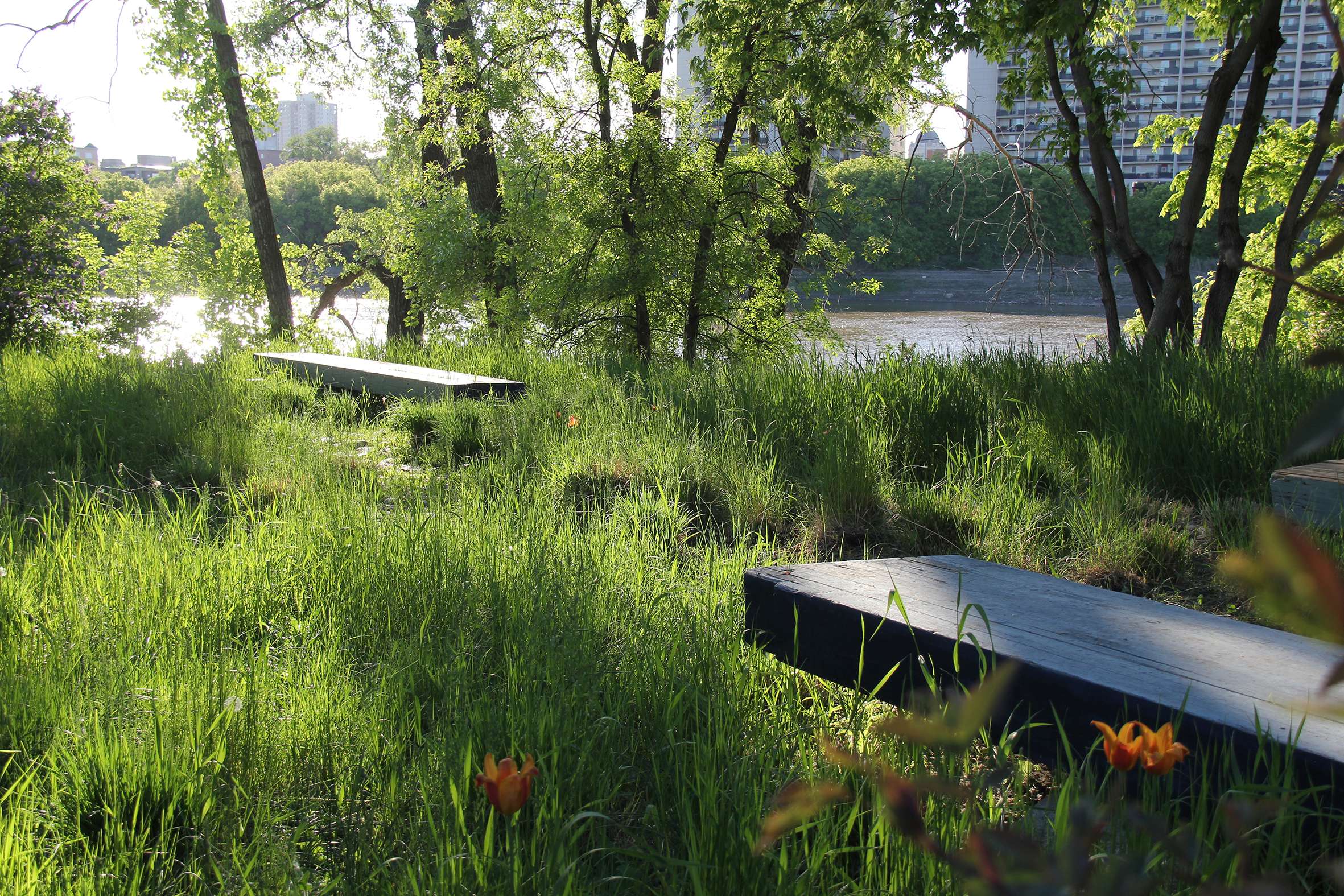
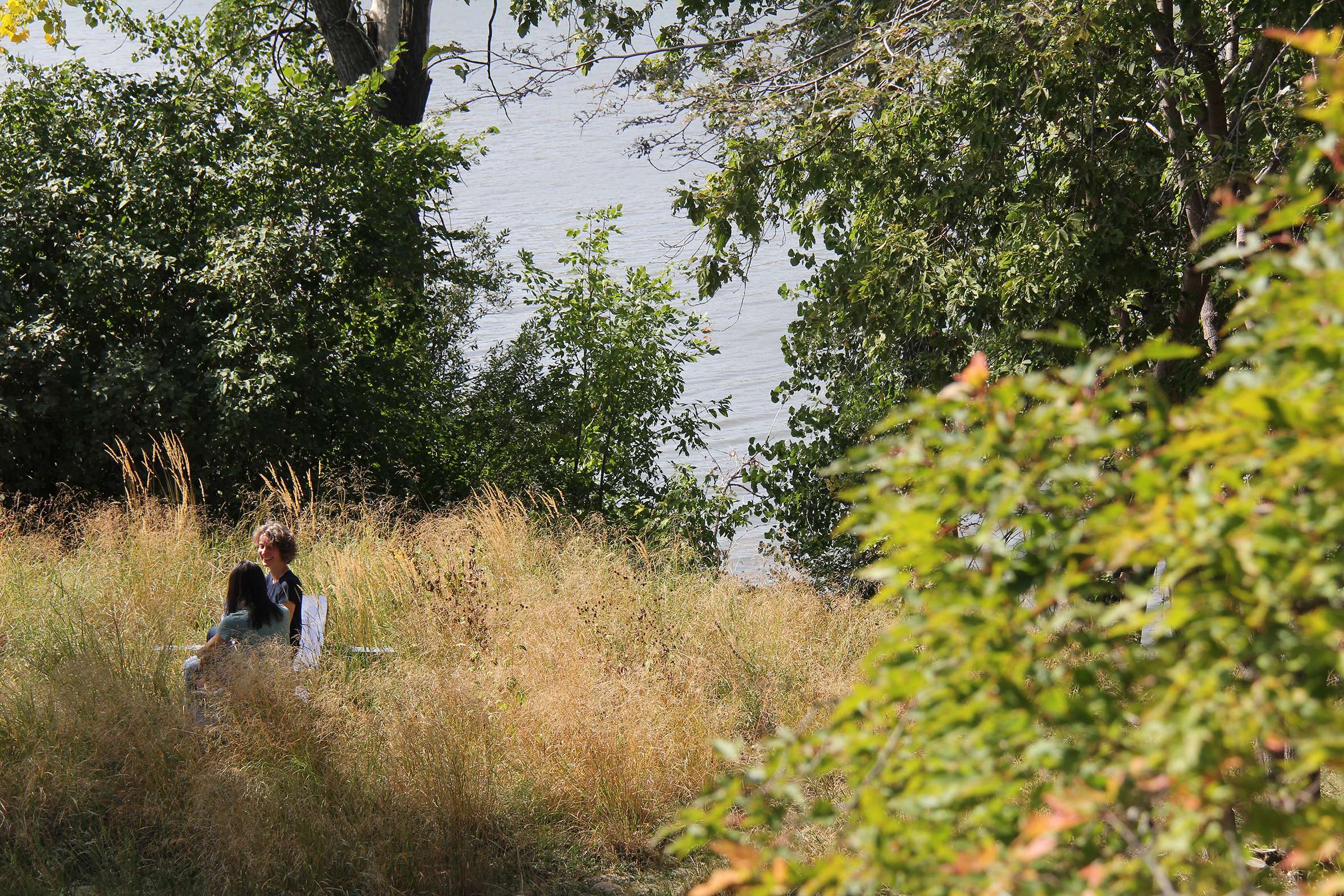
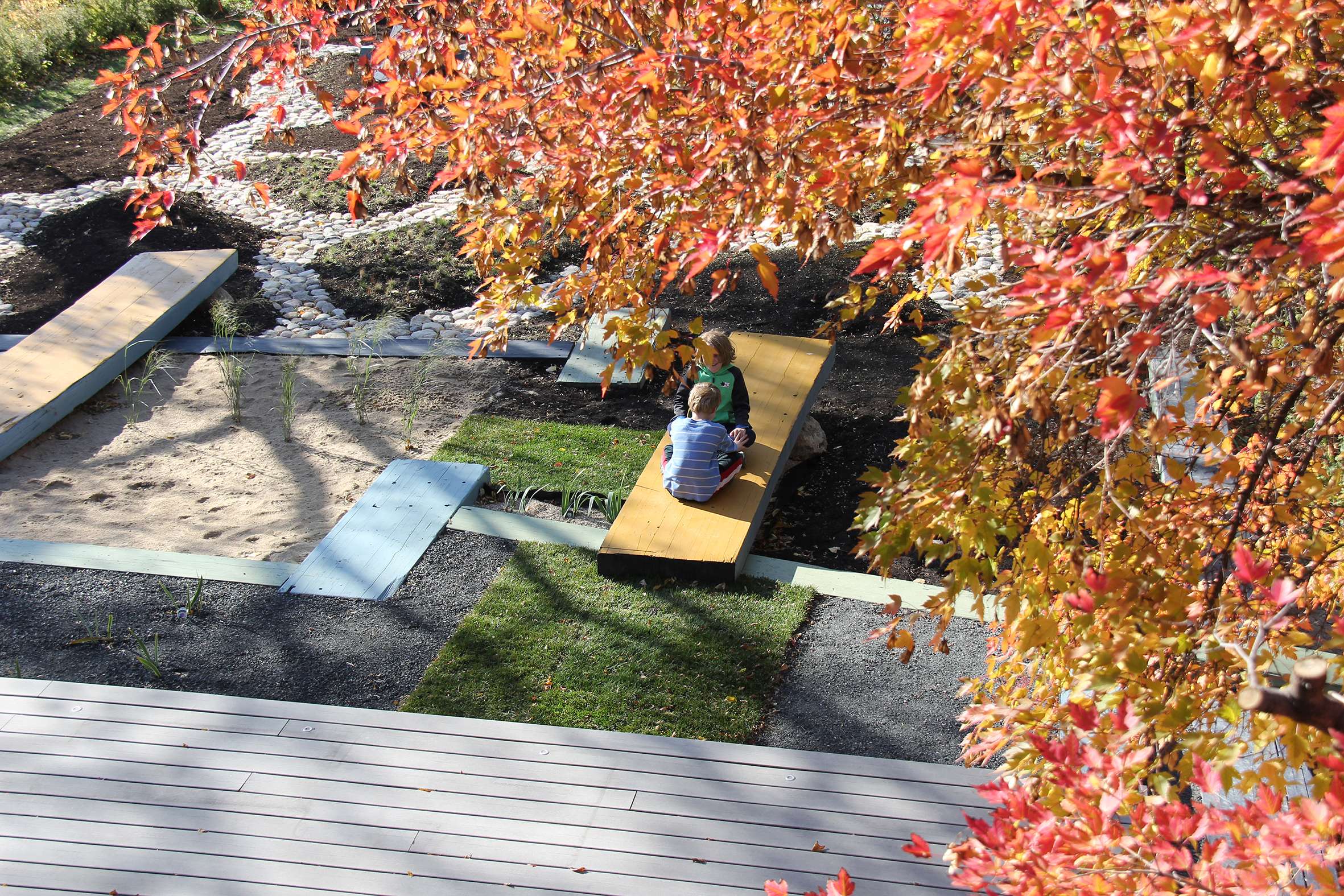
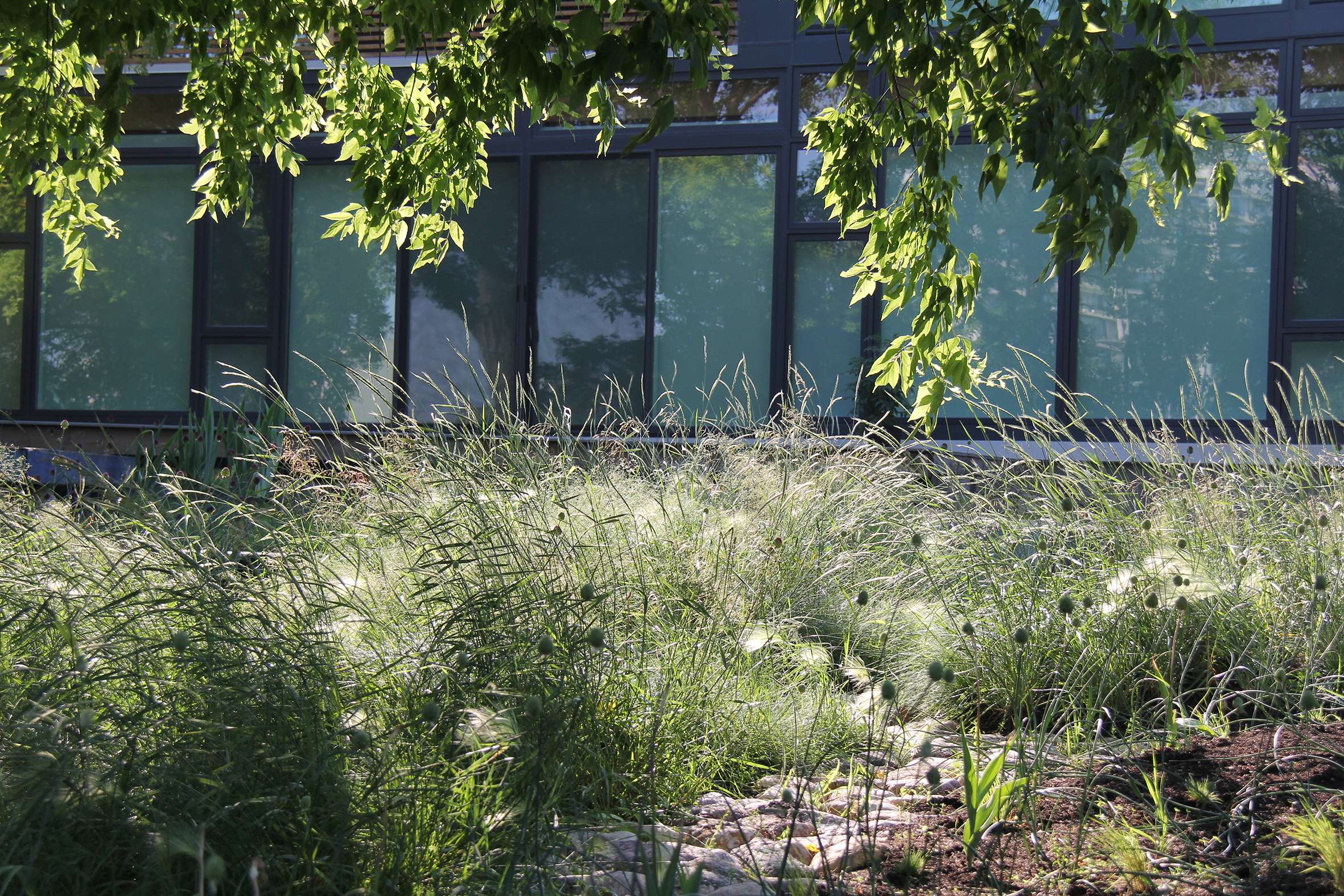
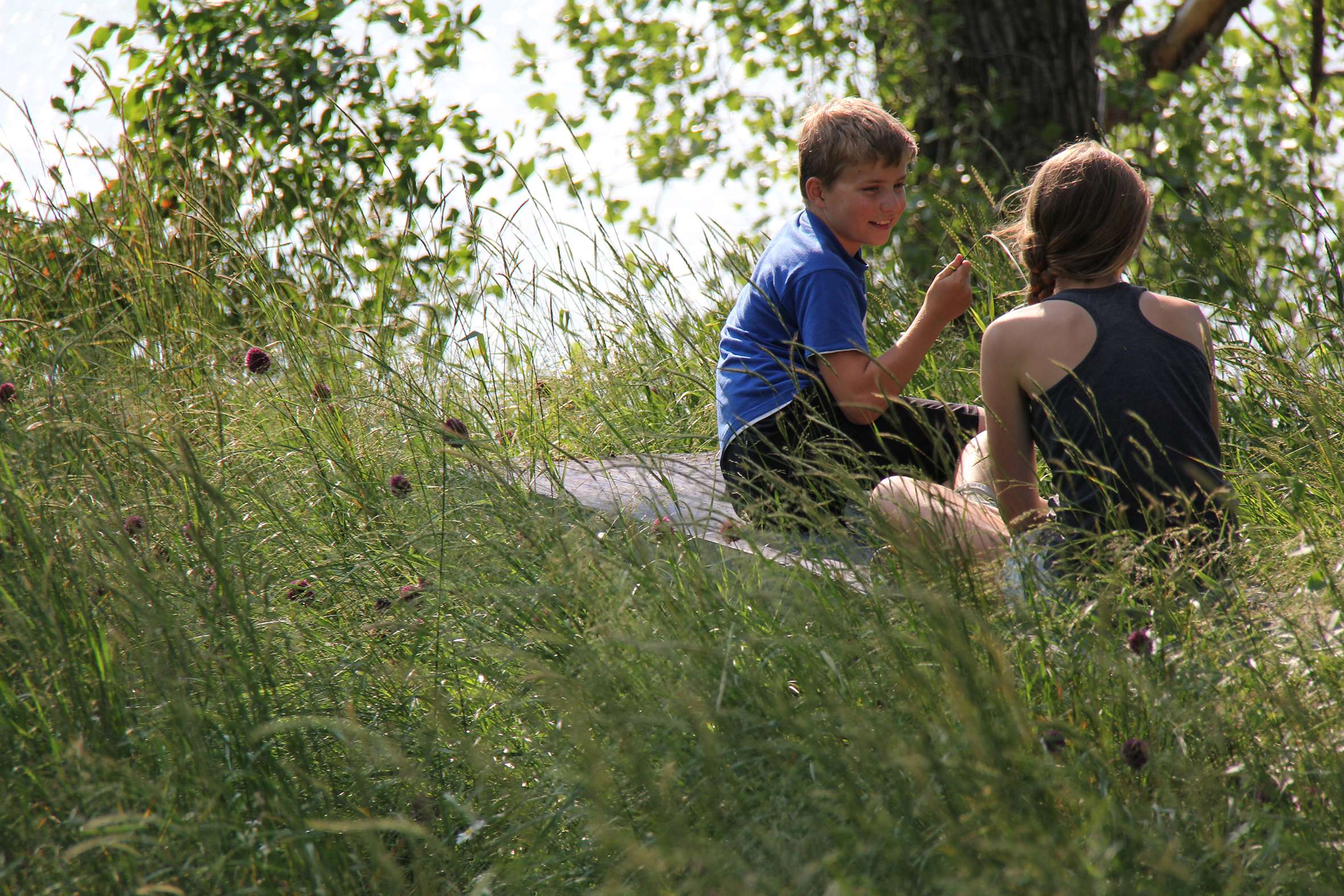
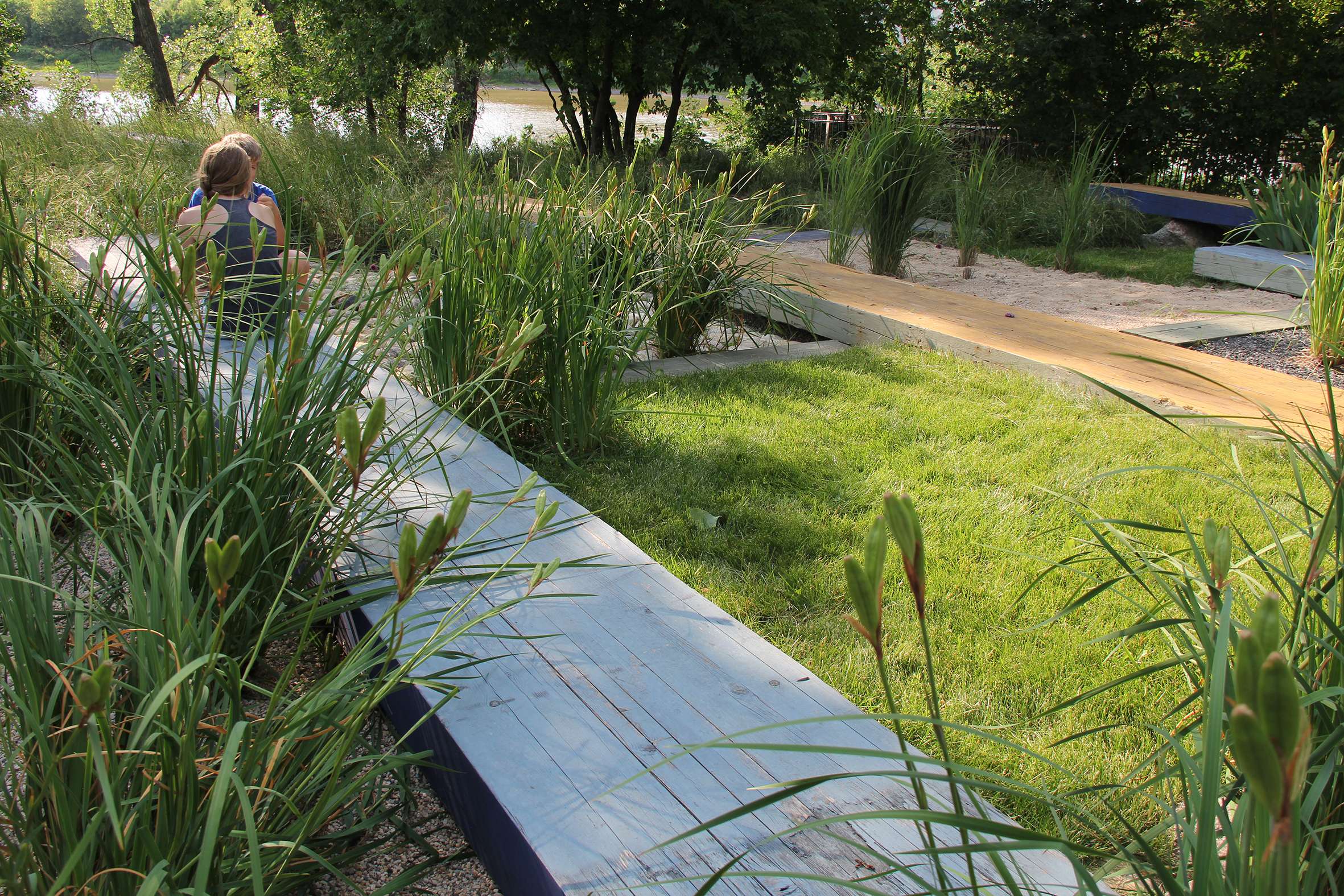
ROOTED IN CLAY _ WY Garden, Winnipeg
ARRELAT A L'ARGILA _ WY GARDEN WINNIPEG
RAÍCES EN LA ARCILLA _ WY GARDEN WINNIPEG
PROJECT SUMMARY
Making a garden means nothing more than to start a dialogue with the land and the living beings on it. Rooted in Clay is a sensual experiment that demonstrates how something small; the garden and its gardener, finds sanctuary within something big: the landscape.
Rooted in Clay is an adventurous experiment in conformance with place, time, plants, soil, light, water, climate, and budget. ‘Building materials’ for the project were leftovers that the city produced and threw out. The controlled re-use, upgrading and transformation of materials into a new context was the key to this poetic design statement.
This garden is situated in an access-only street in a residential area in Winnipeg, Manitoba. Sealed driveways and manicured lawns are the typical welcome. The side of the homes facing away from the street enjoy beautiful views and the serene landscape of the Red River.
Seasonal changing levels, annual floods, ongoing erosion and high concentrations of red sediment, the Red River in Winnipeg is a highly dynamic, urban water body. How do we deal with this energy on a beautifully situated river plot? Our design for the WY garden is a sensitive response to this topological context.
We planted a ‘forest of roots’ stabilizing the garden’s ground. Eighty percent of the plant’s biomass is invisible to the human eye; the roots of the plants dig deep into the Red River clay. The species-rich meadow between house and river offers the perfect get-away spot bathed in light. Our planting design is considered to be a friendly assault on the Canadian lawn and has its sight on a new ecological aesthetic. It follows a particular botanical choreography created to protect the land from erosion and to provide habitats for all living things. It cleverly bypasses the city bylaw that insists on a maximum height of six inches for grass.
We live in times where the massive consumption of resources and the constant production of waste can no longer be tolerated. Designers of built environments have a responsibility to find and implement creative responses to this self-destructive exploitation of limited resources. This forces a radical paradigm shift for designers of built environments towards a building culture of improvisation, repairing and recycling.
